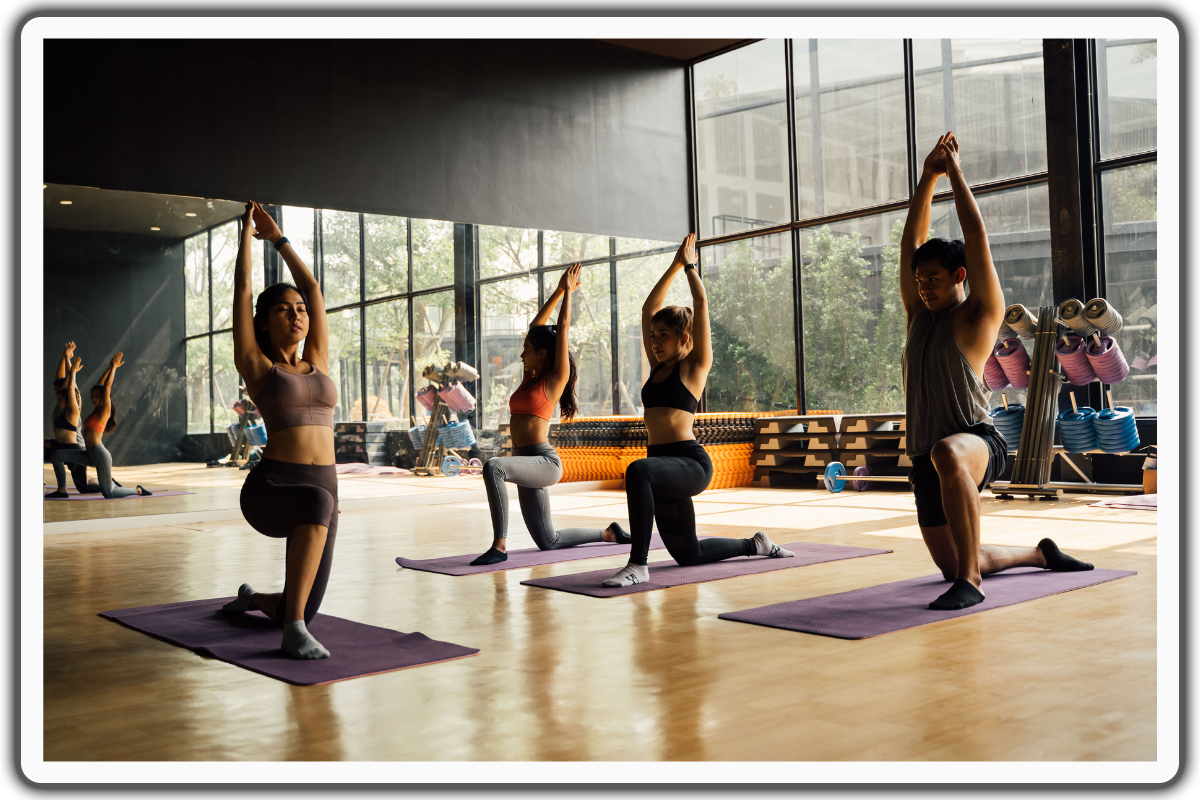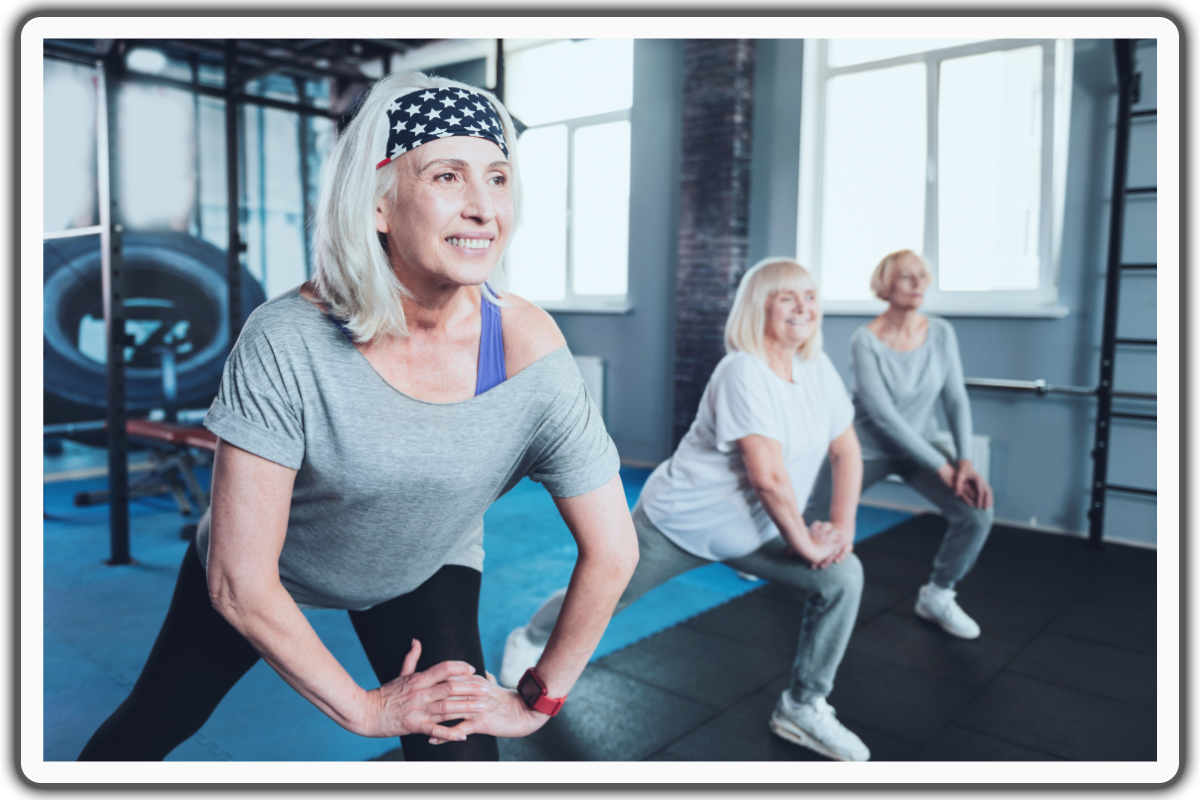
Knee Killers: Worst Habits That Harm Knees
Knees, as vital joints bearing body weight, are susceptible to chronic knee pain, especially when the worst habits that harm knees worsen the situation. Knee pain can result from a few bad habits, emphasizing the importance of proper arch support. To prevent knee pain or avoid making existing knee pain worse, cultivating good habits becomes crucial. Mindful care, especially for your knees, involves avoiding unnecessary activities that strain knee joints. Recognizing the impact of habits on knee health is key to maintaining pain free-free and functional knee joints throughout life.
6 Worst Habits That Harm Knees
Here are 10 habits that may be causing harm to your joints:
1. Sedentary Lifestyle
Sitting for a long time can weaken your muscles around the joints, making you more uncomfortable. Regular movement is really important for keeping your joints healthy. Sitting too much, especially in poorly setup workspace, can strain your joints and make them hurt.
Ensuring your workspace is set up right can help prevent long-term pain and keep your muscles and joints healthy. A study from Harvard University in 2017 found that nowadays. Americans are twice as likely to get arthritis compared to their grandparents because people are less active. more likely to be overweight, and obese.
2. Poor Posture

Slouching strains joints, leading to pain and misalignment. Keeping a straight and strong posture helps avoid lasting damage and keeps your muscles and bones healthy. Studies have proven that good posture is important for preventing long-term issues with your muscles and bones.
One study in the European Journal of Physical and Rehabilitation Medicine talked about how bad posture can cause pain in your muscles and bones, and having the right posture is key to lowering the risk of long-term problems.
Another investigation in the Journal of Physical Therapy Science found that people who sit or stand with good posture have stronger and more stable joints and are less likely to have problems with their muscles and bones.
3. Overusing Joints
Overusing joints through repetitive activities, such as excessive typing or running, has scientific backing for causing joint wear, inflammation, and discomfort. Studies show that constant mechanical stress triggers inflammatory responses, leading to cartilage degradation and increased risk of osteoarthritis.
As supported by research, adequate rest and moderation play a crucial role in preventing this wear and tear. Strategic rest intervals allow joints to recover, reducing the cumulative impact of repetitive movements and promoting overall bone health for the long term.
4. Overexertion
Insufficient rest between intense workouts deprives the knees of essential recovery time, a phenomenon substantiated by scientific studies. Overtraining with insufficient rest increases the risk of overuse injuries, particularly in weight-bearing joints like the knees. Research underscores the importance of rest intervals in preventing joint stress and promoting musculoskeletal health.
Adequate recovery periods allow for micro-damage repair within the joints and contribute to overall performance optimization. Recognizing the scientific significance of rest underscores its crucial role in safeguarding joint integrity, highlighting the need for a balanced approach to exercise for sustained joint well-being.
5. Excessive Weight

Research studies consistently highlight the detrimental impact of excess weight on joints. Carrying additional pounds increases mechanical stress on weight-bearing joints, such as the knees and hips. This heightened load accelerates joint degeneration and contributes to conditions like osteoarthritis.
6. Ignoring Joint Pain Injuries
Neglecting timely and proper treatment for joint injuries, as highlighted in studies such as those in the Journal of Orthopedic Surgery and Research, can have profound consequences, potentially resulting in chronic joint conditions.
Scientific evidence supported by the American Journal of Sports Medicine, emphasizes the crucial role of prompt intervention in preventing prolonged damage. This not only mitigates immediate pain but also facilitates optimal tissue healing, reducing the risk of long-term complications, as underscored in research from the Journal of Musculoskeletal Neuronal Interactions.
Joint Care Fitness: Activities Beneficial for Knee Health

Here are the types of exercises and activities that are generally considered good for the knees.
Low Impact Aerobics
Activities like walking, swimming, and cycling provide cardiovascular benefits without excessive knee stress.
Water Aerobics
The buoyancy of water reduces impact, making it an excellent low-impact, making it an excellent low-impact exercise for knee health.
Stationary Biking
A low-impact exercise that strengthens the muscles around the knee without putting excessive strain on the joint.
Elliptical Training
This mimics the motion of running without impact. Elliptical machines offer a joint-friendly cardio option.
Strength Training
This training focuses on exercises that target the quadriceps, hamstrings, and calf muscles, providing better knee stability. Leg presses and leg curls are examples.
Gentle yoga poses can improve flexibility, balance, and strength, benefiting joint health.
Tai Chi
This low-impact martial art emphasizes slow, controlled movements, promoting balance and flexibility without jarring the knees.
Swimming
An excellent full-body workout that is easy on the joints, helping improve cardiovascular fitness and muscle strength.
Pilates
The movement focuses on core strength and stability, which indirectly supports the health of our knees.
Range of Motion Exercises
Gentle movements that reduce stiffness and promote flexibility in the knee joint.
Remedies for Knee Pain

Here are some remedies for knee pain:
- Rest: Allow your knees time to recover by avoiding activities that worsen the pain.
- Ice Pack: Put a pack of ice on the impacted area for 15-20 minutes to alleviate inflammation and numb pain.
- Compression: Apply a compression bandage for knee support and minimize swelling.
- Elevation: Keep the impacted leg elevated to reduce fluid buildup and alleviate pressure on the knee.
- Over-the-Counter Pain Relievers: Non-prescription medications like ibuprofen or acetaminophen can help manage pain and inflammation.
- Exercise: Stay active with gentle exercises like swimming or cycling to keep your joints flexible and strengthen your supporting muscles.
- Weight Management: Sustain a healthy weight to relieve stress on the knees.
- Proper Footwear: Wear comfortable, supportive shoes to ensure good alignment and reduce strain on the knees.
- Heat Therapy: Warm baths or heating pads can relax muscles and ease knee discomfort.
- Physical Therapy: Consult a physiotherapist for targeted exercises and practices to address the underlying cause of knee pain.
Conclusion
Being mindful of habits - prioritize simple exercises and avoid carrying too much weight, watch out for weight gain, adopt a moderate exercise routine to ensure the health of your joints, and avoid knee pain by staying clear of activities straining your knees and losing excess weight is particularly beneficial. By paying attention to these steps, you actively prevent knee pain, fostering a healthier, more comfortable life.
Cultivating awareness about these factors empowers individuals to take control of their knee's health and enjoy an active lifestyle with minimal discomfort, especially your knees. additionally, maintaining a healthy lifestyle is a proactive measure against knee pain and various joint issues, including preventing conditions like rheumatoid arthritis.
